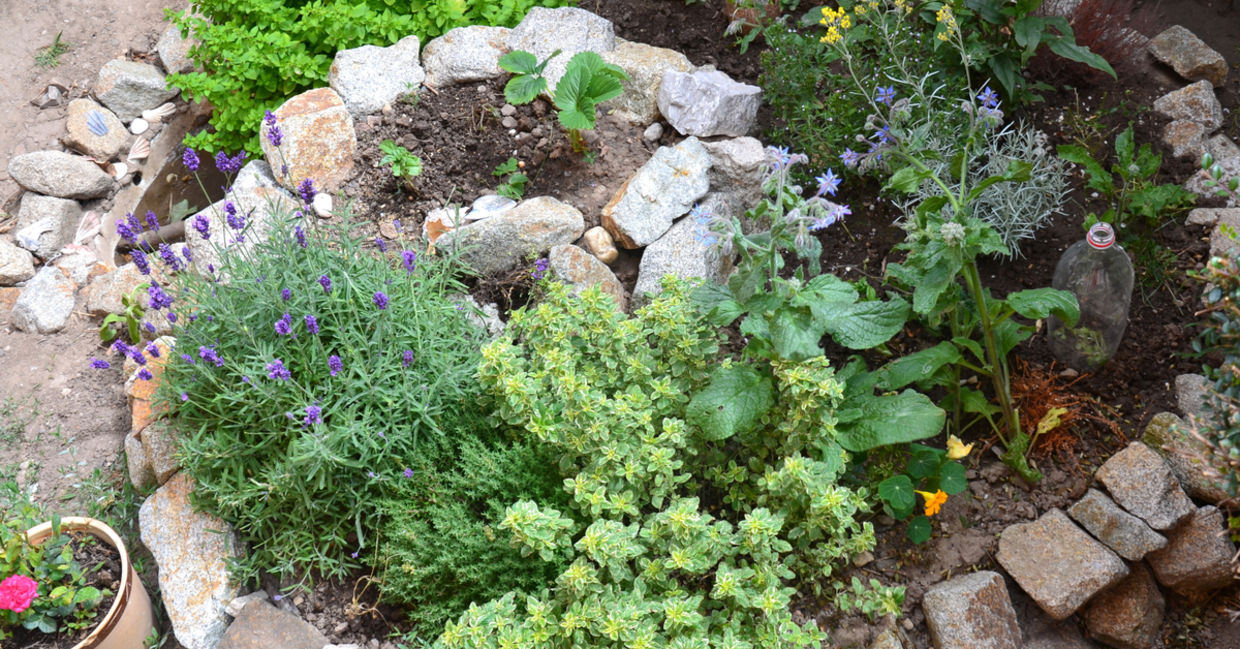
(terra incognita / Shutterstock.com)
As the world spends a great deal of time at home these days, backyards have become a new frontier for creative expression. Seed and plant retailers in the UK and the US have reported soaring sales since March 2020, according to the BBC, as the desire for a beautiful and useful outdoor space grows.
For those looking for an eco-friendly way to spruce up their backyard, there's a distinct set of gardening principles that may be the answer. Permaculture is the art of agricultural design that's both aesthetically pleasing and sustainable. Check out these five steps for creating a permaculture in your backyard:
Observe Your Land
Once you've decided you'd like to start a permaculture in your backyard, it may be tempting to begin working the land immediately. But a critical step in permaculture is the observation process. You should take the time to deeply learn and understand all the features of your land.
Gardening site GroCycle recommends running through a checklist of basic questions about your land. Is any part of the space sloped or hilly? What birds and insects are regularly present? What parts of the space get the most sun? Are there areas where water pools after rainfall?
By learning your land, you'll understand how to properly choose the design and species that are the best fit for your personal nature reserve.
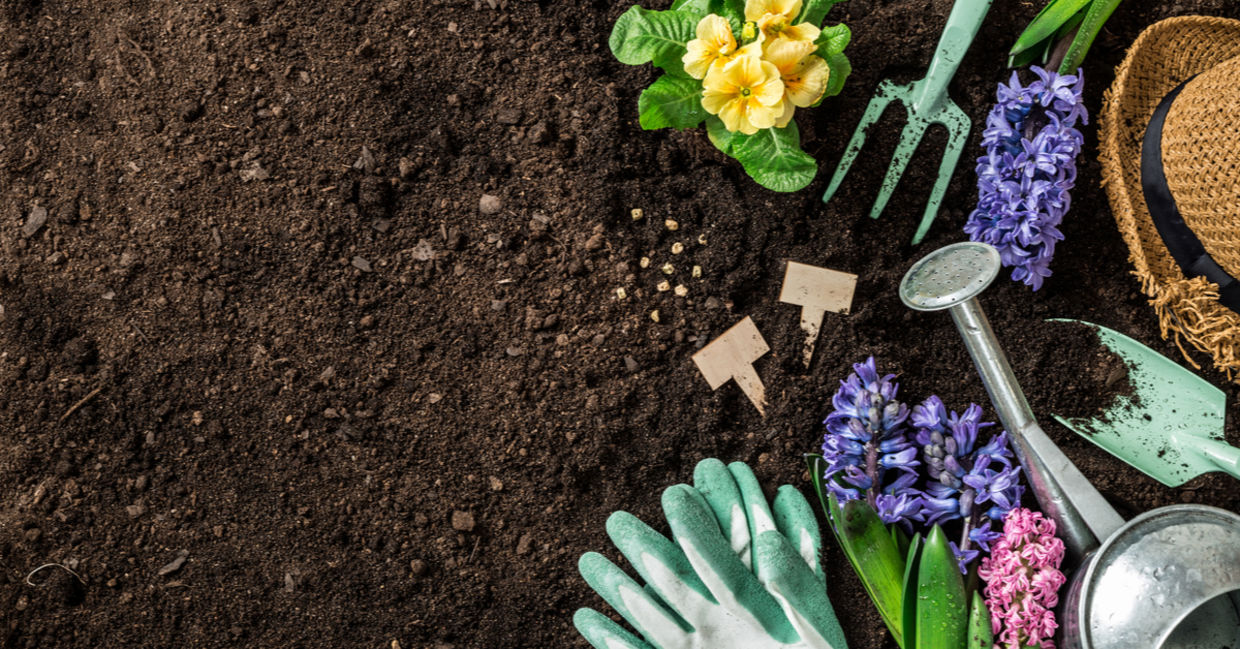
(Pinkyone / Shutterstock.com)
Accept Nature's Will
A major principle of permaculture is that green spaces should be modeled after patterns found in the wild. Gardeners should focus on working with nature, rather than trying to conquer it.
Patrick O’Connell, a Permaculture and Restoration Agriculture instructor, told agriculture site Hobby Farms that he recommends budding permaculturists set their expectations to match Mother Nature's will. “For example, a yard covered with large trees will have trouble growing lots of sun-loving annual vegetables and fruits,” he said.
Rather than getting frustrated, you should accept the reality of your earth and move on to a more suitable crop. “So instead, grow mushrooms and shade-tolerant ephemeral plants that gather most of their photosynthetic energy before trees put on their leaves,” O’Connell said.
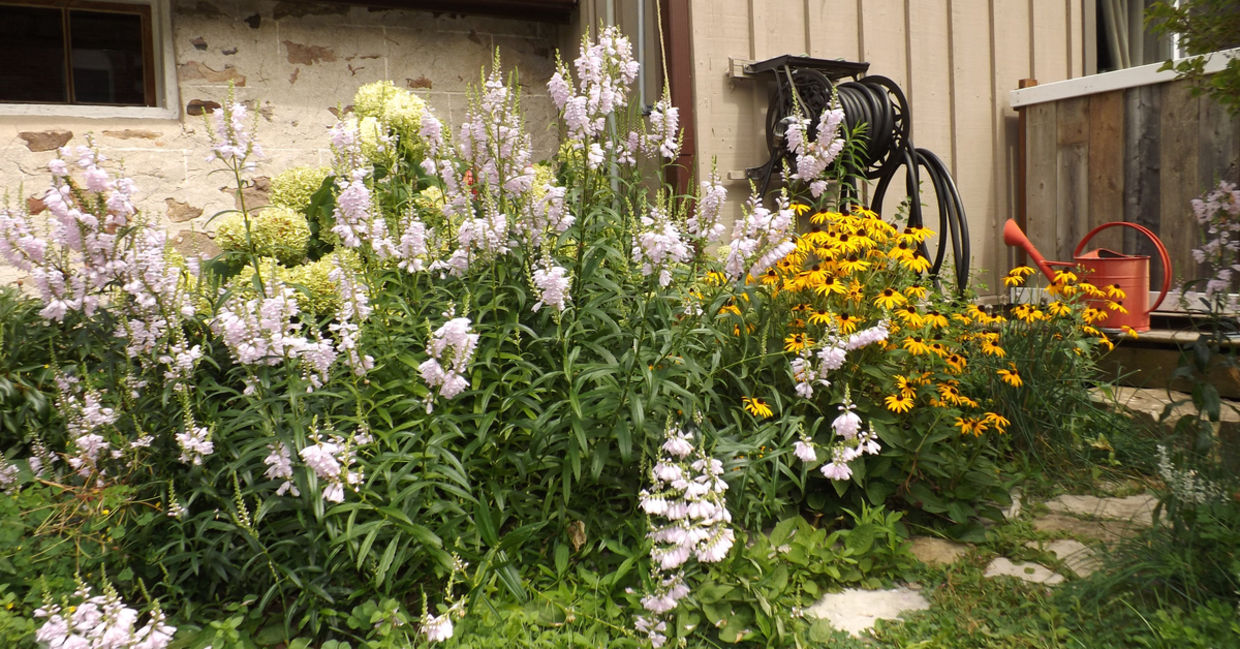
(Dan4Earth / Shutterstock.com)
Embrace the Chaos
Many traditional backyard gardening plans promote the idea that a particular patch of land should be designated for a specific plant, and typically advises against integrating different species in the same space.
But Peter Bane, author of The Permaculture Handbook, explained to Yes! Magazine that backyard permacultures are most successful when they are similar to natural forests, in all their messy, chaotic glory. Although your backyard permaculture will not appear as tidy or orderly as a traditional backyard garden, it will end up being richer in biodiversity.
No element in a forest serves a single purpose, according to Bane. A tree may bear fruit, but also provide shade for smaller plants and a habitat for animals and birds. The presence of many species together in a single space is what creates a functioning ecosystem. There's no reason to segregate species; integrating them is a beneficial move for all.
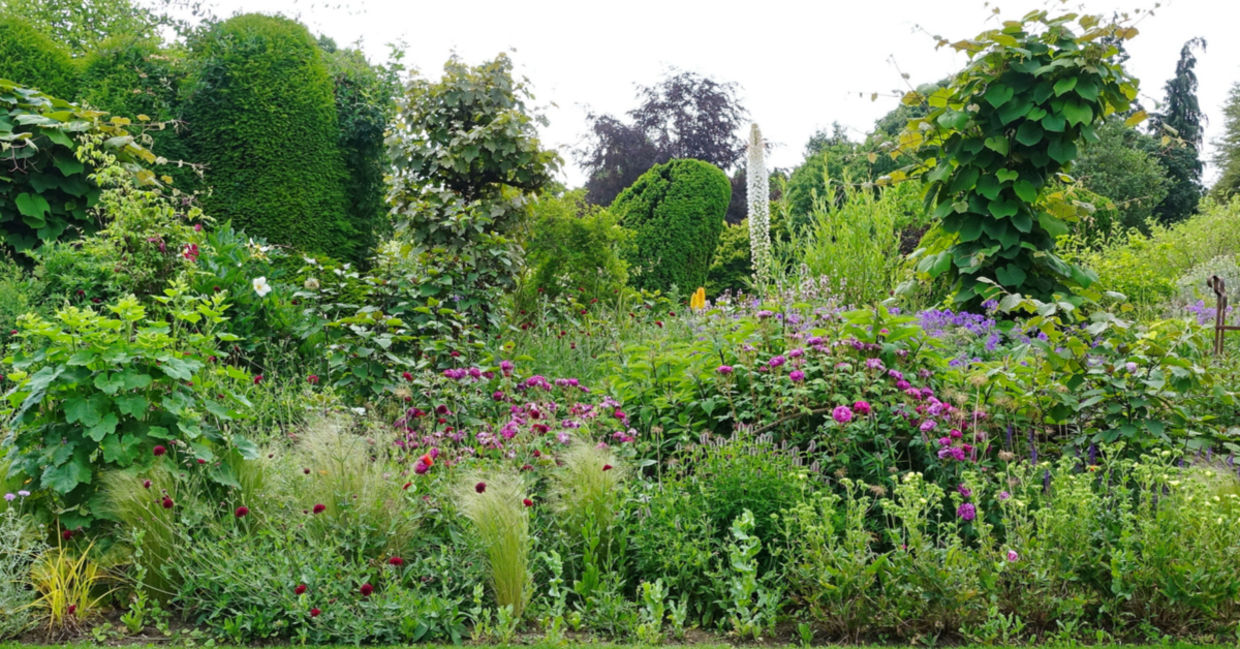
(1000 Words / Shutterstock.com)
Companion Planting
While permaculture encourages moving away from the traditional idea of the strictly organized garden, you should put thought into what species you plant next to each other. Deep Green Permaculture emphasizes the importance of companion planting in permaculture. This term describes the practice of planting two types of plants near each other for their mutual benefit.
One of the biggest benefits of companion planting is that you may create protective camouflage for your plants. Because pests commonly recognize their food sources via scent or the physical shape of the plant, they may be confused by the scents or shapes of nearby companion plants. Pests may end up missing your plants altogether, especially if the companion plants are grown in an interspersed manner, rather than in neighboring patches.
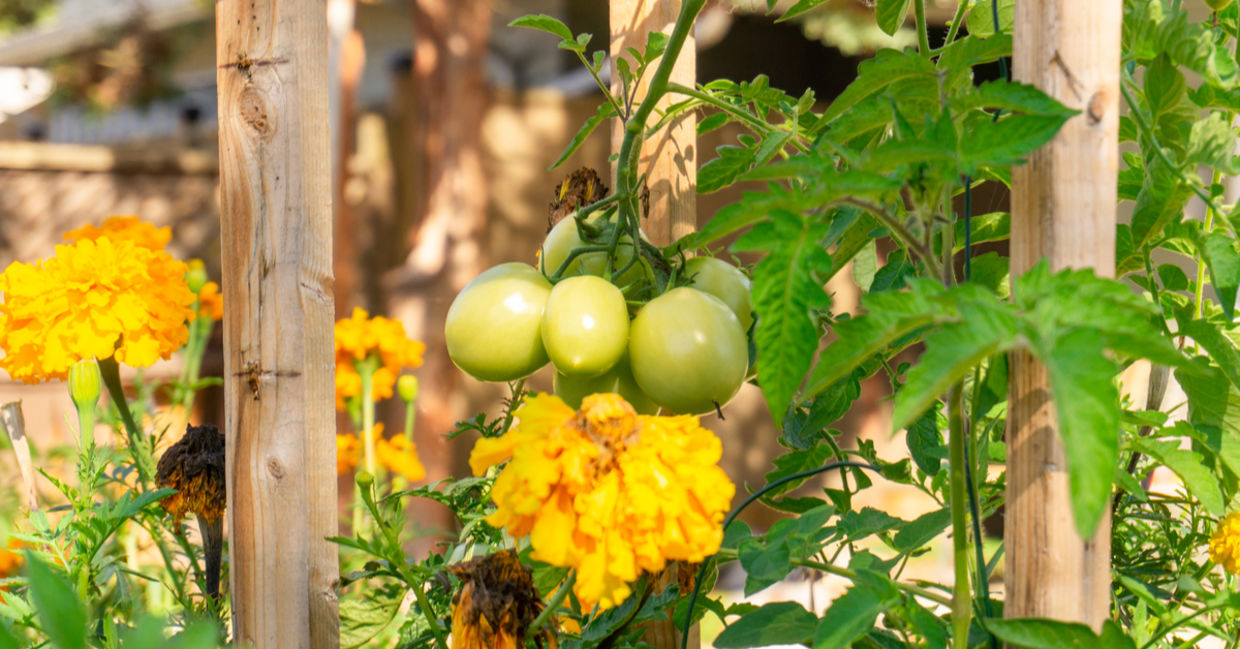
(thoughtsofjoyce / Shutterstock.com)
Utilize Vertical Space
Flo Scott of the Permaculture Designer blog recommends adopting an outside-of-the-box strategy for growing crops in your permaculture, by utilizing vertical space. In a forest, plants colonize all levels of the three-dimensional space available (think about rainforests with canopy, understory, and forest floor layers).
Scott says that she grew strawberries on the ground layer of her permaculture, with currants and raspberries in the shrub layer, and apple and pear trees in the canopy, creating a rich “forest” of crops. She was also able to grow wineberries, loganberries, and bayberries on her fence, further making the most of her space.

(isweetynat / Shutterstock.com)







